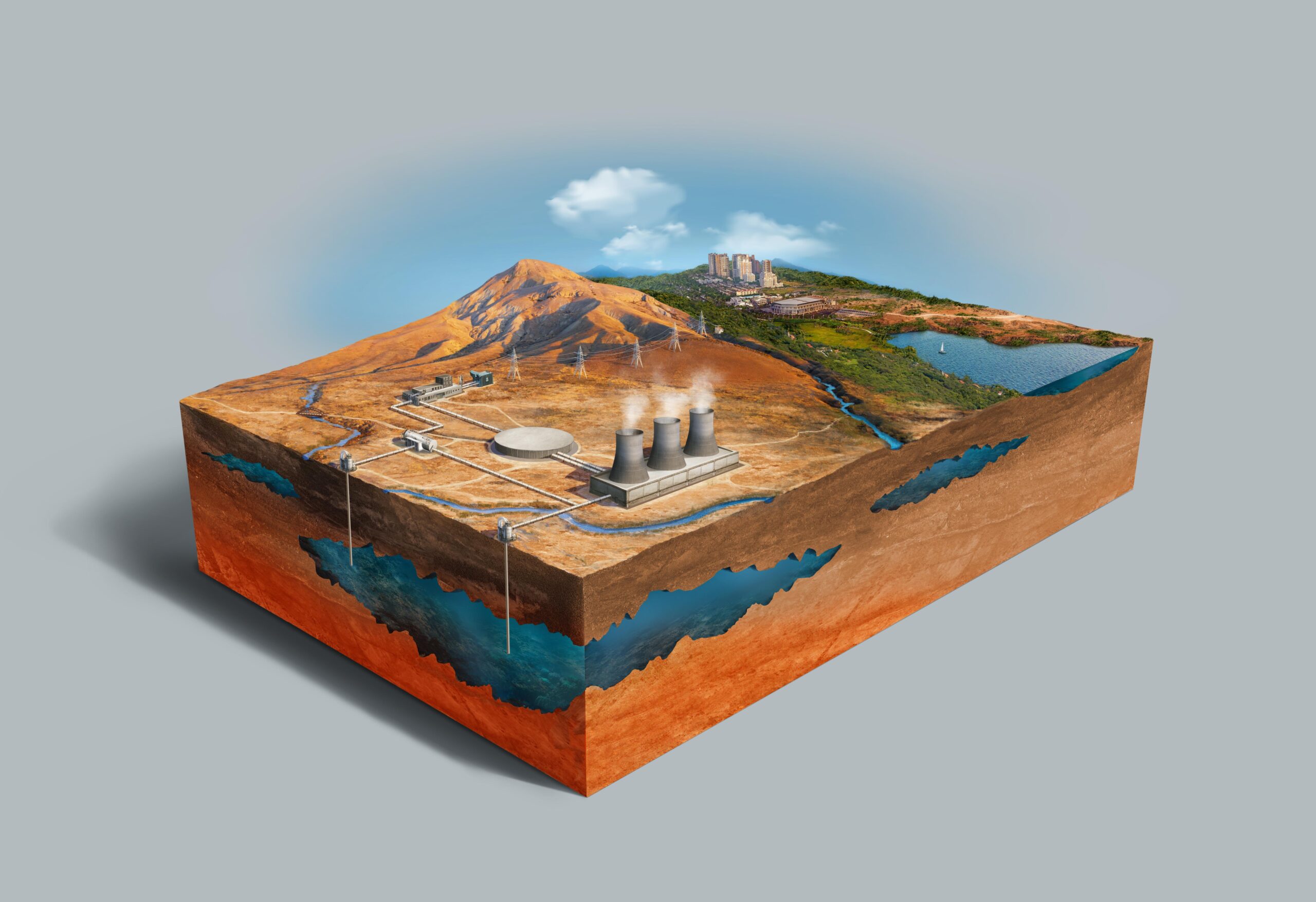Geochemical Battery: The Underground Revolution Powering a Sustainable Future
Why You Should Care About Energy Storage
You’ve probably heard that renewable energy is the way forward. But what happens when the sun goes down or the wind stops blowing? It’s not just a theoretical concern—it’s a real-world problem affecting millions. If you’ve ever experienced a blackout, paid too much for electricity during a heatwave, or wondered how we’ll survive on green power alone, you’re already part of the conversation.
Enter the geochemical battery, a new class of underground energy storage that’s changing the rules. It’s quiet, scalable, and can hold clean energy for months. And unlike lithium-ion batteries, it doesn’t come with toxic waste or fire risks.
Let’s dig into what makes this innovation the future of sustainable energy.
Table of Contents
What Is a Geochemical Battery?
Understanding the Basics
A geochemical battery is a large-scale underground storage system. It works by injecting pressurized water into deep rock formations—usually impermeable layers like shale. This water is stored under pressure and later released to power turbines, producing electricity on demand.
This is not science fiction. Companies like Quidnet Energy have real-world installations that are proving this concept daily.
Comparing With Traditional Batteries
| Feature | Geochemical Battery | Lithium-Ion Battery |
|---|---|---|
| Storage Duration | Months | Hours to Days |
| Scalability | Very High | Limited |
| Toxic Output | None | Hazardous Chemicals |
| Lifecycle Cost | Lower Over Time | High Maintenance Cost |
Unlike lithium-based storage, geochemical batteries use Earth’s natural structures—meaning you avoid expensive mining, short lifespans, and environmental harm.
Example in Action
In Texas, Quidnet Energy stores energy by using closed-loop hydro pressure systems underground. When energy is needed, the pressurized water shoots up and spins a turbine—producing reliable, on-demand electricity.
Why Underground Energy Storage Matters Now
Addressing the Energy Problem
Energy reliability is now a global issue. Traditional power grids are stretched thin. Climate change, extreme weather, and outdated infrastructure create frequent outages and volatility.
And let’s not forget the core issue with renewables: they’re not always available when you need them.
Solving Intermittency With Subsurface Storage
Geochemical batteries solve the intermittency challenge by storing renewable power for months at a time. When the grid needs a boost, they respond instantly—no sun, no wind, no problem.
Here’s why that matters:
- Peak demand? Covered.
- Winter without sunshine? No stress.
- Emergencies or disasters? Ready.
Key Data to Know
- The U.S. Department of Energy estimates up to 120 GW of long-duration storage will be needed by 2050.
- Geochemical storage offers one of the most cost-effective and sustainable ways to meet that demand.
How a Geochemical Battery Works
Step-by-Step Breakdown
- Water Injection: Water is pumped into rock formations deep below the Earth’s surface.
- Pressure Storage: The rocks trap the water under high pressure, essentially storing potential energy.
- Release Phase: When energy is needed, water is released, powering a surface turbine.
- Energy Output: The turbine converts that kinetic energy into usable electricity.
What Makes This Different?
- It’s a closed-loop system: no water waste, no chemical runoff.
- Requires only basic mechanical systems (pumps and turbines).
- Utilizes geology instead of lithium.
Table: Energy Storage Phases
| Phase | Description | Time Span |
| Injection | Water pressurized into rock | Few hours |
| Storage | Maintained underground | Weeks to months |
| Release | Drives turbine | On demand |
Key Benefits of Geochemical Batteries
Why It’s a Game-Changer for You
- Saves Money: Lower operating and maintenance costs over time.
- No Fire Risk: Unlike lithium-ion, it doesn’t explode or overheat.
- Supports Grid Reliability: Works when renewables don’t.
- Eco-Friendly: No rare-earth mining or chemical byproducts.
Environmental + Economic Perks
- Supports decarbonization goals
- Minimal surface disruption
- Great for remote, off-grid, or rural areas
- Can utilize abandoned oil wells and infrastructure
What’s Holding It Back?
Current Challenges
- High Initial Costs: Drilling and setup are not cheap.
- Geological Constraints: Not every region has the right rock formations.
- Regulatory Delays: Underground projects face red tape.
What’s Being Done to Overcome Them
- Funding from programs like ARPA-E and DOE
- Private investment from climate tech VCs
- Public utility partnerships in test markets
Progress is being made. You’ll likely see pilot programs in more U.S. states and parts of Europe over the next few years.
Real-World Applications: Where It’s Already Working
- Quidnet Energy (Texas) – Field demonstration with 10 MWh capacity.
- Pilot Projects in Alberta (Canada) – Academic collaborations with the University of Calgary.
- Arizona + New Mexico – Feasibility studies underway.
These aren’t theory—they’re functioning assets providing insights and real data.
What the Future Holds
Expansion and Integration
- AI-powered controls for flow regulation
- Integration into smart grids
- Coordination with solar and wind farms
Policy and Investment Trends
- New subsidies for long-duration storage
- Push for 100% renewable grid mandates
- Private utilities exploring hybrid battery networks
By investing in this tech now, governments and energy firms can future-proof their infrastructure for decades.
FAQs About Geochemical Batteries
What exactly is a geochemical battery?
It’s an underground system that stores energy by using pressurized water in deep rock formations. It releases that energy to power turbines when needed.
Is this technology available now?
Yes. Pilot plants are operational, and more are being developed across North America and Europe.
Is it safer than lithium-ion batteries?
Absolutely. It has no toxic materials, no overheating issues, and operates under predictable mechanical principles.
Can it replace lithium batteries?
Not entirely. While it’s ideal for long-term grid storage, lithium batteries are still better for short-term and mobile uses.
Where can this system be installed?
In regions with deep, impermeable rock formations—such as shale or sandstone layers.


